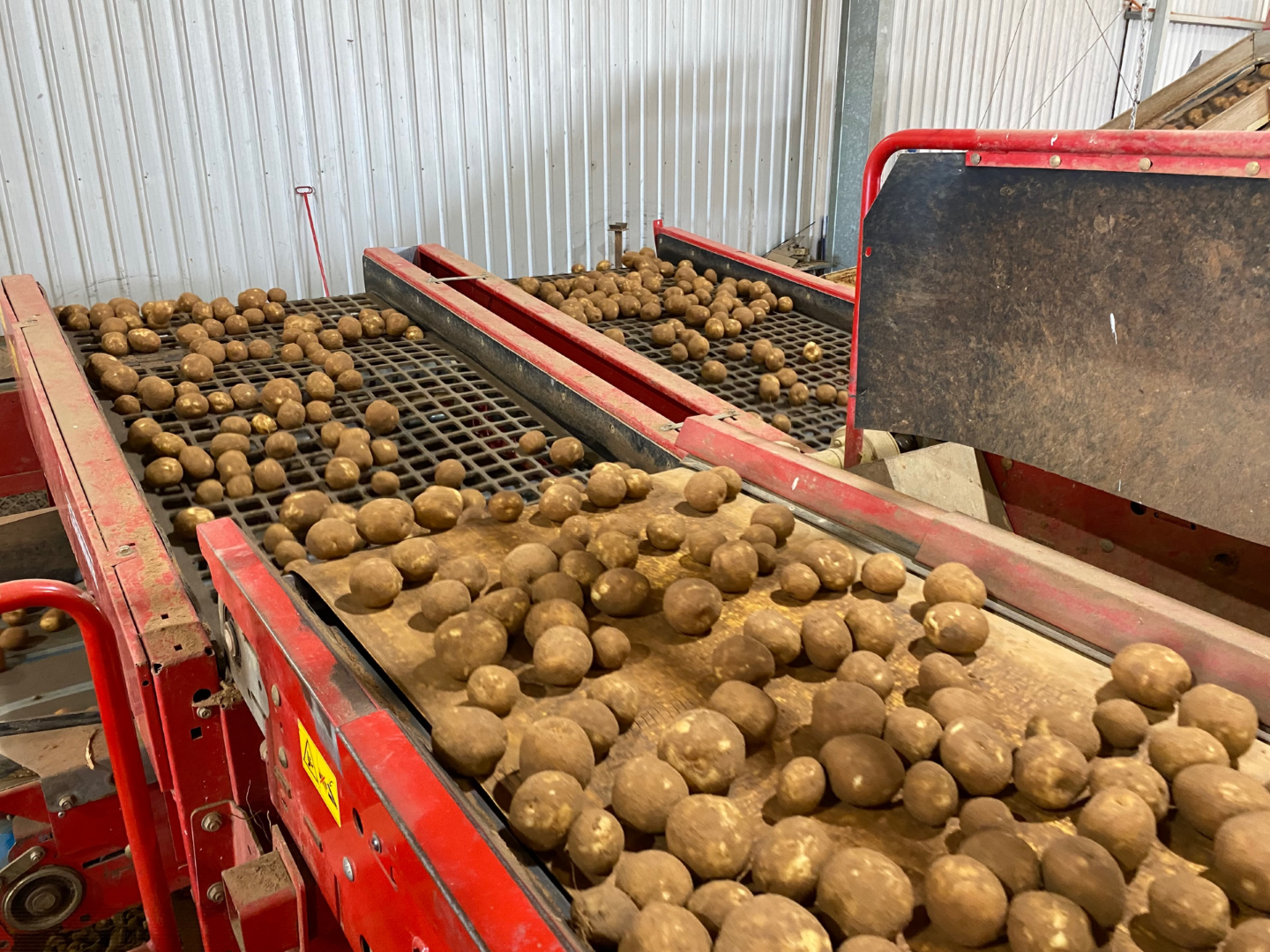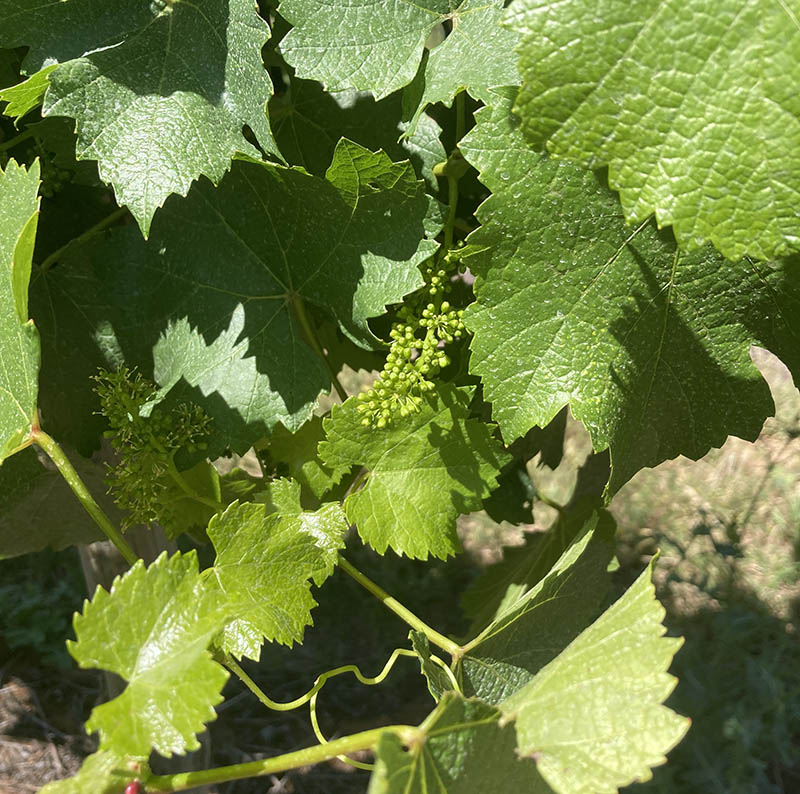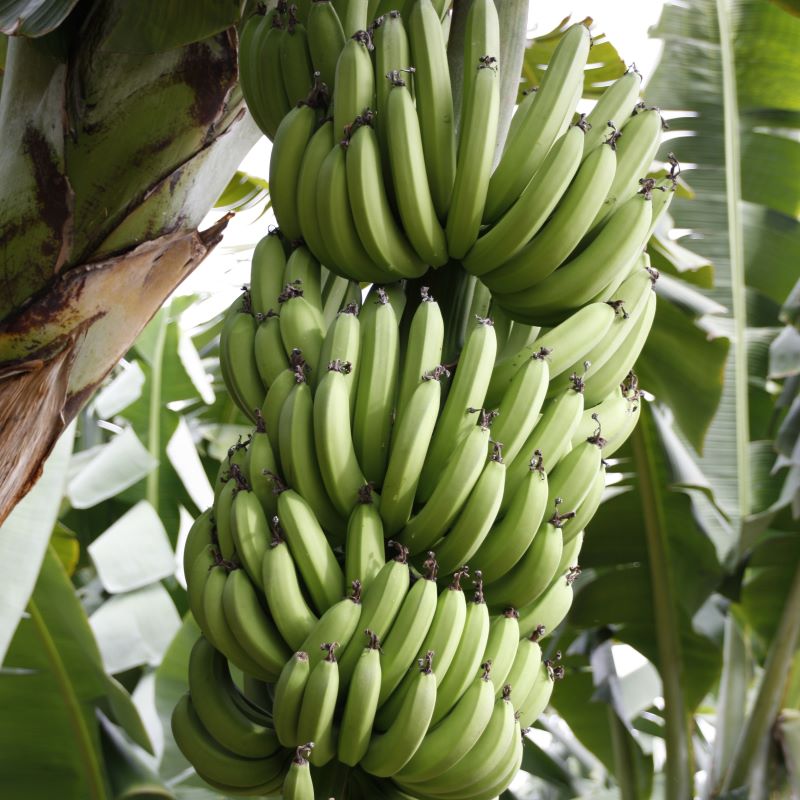Agronomic Insights

Conrad Leeks – IPF Technical Agronomist
Humic substances comprise three distinct groups: humic acids, fulvic acids and humin. Humic acids can have beneficial effects on soil function such as improved biological activity, nutrient activity, cation exchange capacity, pH buffering, carbon sequestration, soil water relations (Schnitzer, 2000) and plant biomass (Nardi et al. 2002).
Humic substances are a heterogenous mixture of organic materials, created by the decay of plant and animal residues. As organic materials, they are a good source of carbon and provide a food source for soil microorganisms, bacteria, algae, fungi, and earthworms.
Increasing the humic content in soils, has the potential to improve overall soil health resulting in healthier crops that are better able to withstand abiotic and biotic stress.
Humic acids are soluble at pH>2. Fulvic acids are the fraction of humic substances, which are water soluble at all pH. Humin is the fraction of humic substances, which is not water soluble.
Trigger is a new humic granule developed by Incitec Pivot Fertilisers containing both humic and fulvic acid. It’s a hard granule with a high crush strength, 2.4-2.6mm in size, low dust and air dried, helping it maintain the integrity of functional groups and making it ideal for blending with most custom-made blends. It can pass through fertiliser equipment with relative ease and can be broadcast, air-seeded or banded at planting. Typical rates vary from 6 to 50kg/ha.
A three-year experiment on potatoes grown in Idaho on low organic matter (1%), calcareous soils (pH>8), demonstrated that incorporation of liquid humates at planting at a rate of 2.64 to 5.2 litres/ha results in increased petiole P uptake, increased tuber size and an increased gross return per hectare of $USD61. Potato growers in Australia are now also taking advantage of the benefits of Trigger by blending with their base planting mixes and applying at rates of 40kg/ha.
In other crops such as capsicums and lettuce from Virginia region in SA, including humates has also been shown to help improve yield and quality, boosting the bottom line to the grower by helping to buffer against salts (Cl and Na) in the soil. Further work continues in this area.
For more information on TRIGGER please click here.
Further Information
For more information on TRIGGER, feel free to contact Phil Hoult via email at phil.hoult@incitecpivot.com.au
References
Calvo P, Nelson L and Kloepper J (2014). Agricultural uses of plant biostimulants. Plant and Soil, 383: 3–41.
Davies P (2010). The plant hormones: Their nature, occurrence, and functions. In: Davies PJ (ed.): Plant Hormones: Biosyn-thesis, Signal Transduction and Action. 3rd Edition. Dordrecht, Springer Science Business Media B.V., 1–15.
Liu XQ, Ko KY, Kim SH and Lee KS (2008). Effect of amino acid fertilization on nitrate assimilation of leafy radish and soil chemical properties in high nitrate soil. Communications in Soil Science and Plant Analysis, 39: 269–281.
Nardi S, Pizzeghello D, Muscolo A, and Vianello A (2002). Physiological effects of humic substances on higher plants. Soil Biology and Biochemistry 34 (11):1527–36.
Schnitzer M (2000). A lifetime perspective on the chemistry of soil organic matter. Adv Agron 68:358.
Resources
DOWNLOAD INSIGHTDISCLAIMER
This is a guide only, which we hope you find useful as a general tool. While IPF has taken all reasonable care in the preparation of this guide, it should not be relied on as a substitute for tailored professional advice and IPF accepts no liability in connection with this guide. Incitec Pivot Fertilisers manufactures and sources fertilisers from other suppliers. The fertiliser supply chain extends beyond the company’s direct control, both overseas and within Australia. Incitec Pivot Fertilisers hereby expressly disclaims liability to any person, property or thing in respect of any of the consequences of anything done or omitted to be done by any person in reliance, whether wholly or in part, upon the whole or any part of the contents of this article.
You might also be interested in these

Horticulture, Pasture, Sugar, Summer Crop, Winter Crop
Spot on soil sampling
February / 2024

Horticulture
The power of the petiole test
October / 2023

Horticulture
Boost banana nitrogen efficiency
January / 2024

Horticulture, Sugar, Summer Crop
eNpower – more than just a nitrogen advantage
July / 2024

